We were lucky to catch up with Bryan Little recently and have shared our conversation below.
Bryan, thank you so much for joining us today. Let’s jump right into something we’re really interested in hearing about from you – being the only one in the room. So many of us find ourselves as the only woman in the room, the only immigrant or the only artist in the room, etc. Can you talk to us about how you have learned to be effective and successful in situations where you are the only one in the room like you?
You know, I’ve been in those rooms more times than I can count – whether it’s high-level IT strategy meetings or filmmaker meetings where I’m literally the only person who looks like me. Early on, I’ll be honest, it was intimidating. I’d walk in and feel like I had to prove I belonged there before I could even contribute.
But I learned something important, I wasn’t just representing myself in those rooms I was often the first impression some people would have of someone with my background in that role. So I shifted my mindset from ‘I don’t belong here’ to ‘I’m here for a reason, and I’m going to make sure they remember why.’
My approach became threefold: First, I over-prepared. Not because I wasn’t capable, but because I knew I might not get the benefit of the doubt that others received. At my day job in IT When I spoke about network infrastructure or cloud migration strategies, I made sure I had the data, the case studies, and the solutions ready.
Second, I learned to be authentically confident. I stopped trying to blend in and started leaning into what made my perspective unique. Sometimes my different background and color really, meant I asked questions others didn’t think to ask, or I approached problems from angles that led to alternative and better solutions.
And third – and this is crucial – I made it a point to lift others up when I could. When I finally got to a position where I could influence hiring or project teams or what filmmakers made it on set, I made sure those rooms started looking more diverse. Because the goal isn’t just to succeed as the only one – it’s to make sure future professionals don’t have to be the only one.
The reality is, being the only one taught me resilience and gave me a unique perspective that’s actually become one of my greatest professional assets. Those experiences shaped how I communicate across different audiences and how I solve problems – skills that have been invaluable in managed services where you’re constantly adapting to different creative environments and team dynamics.
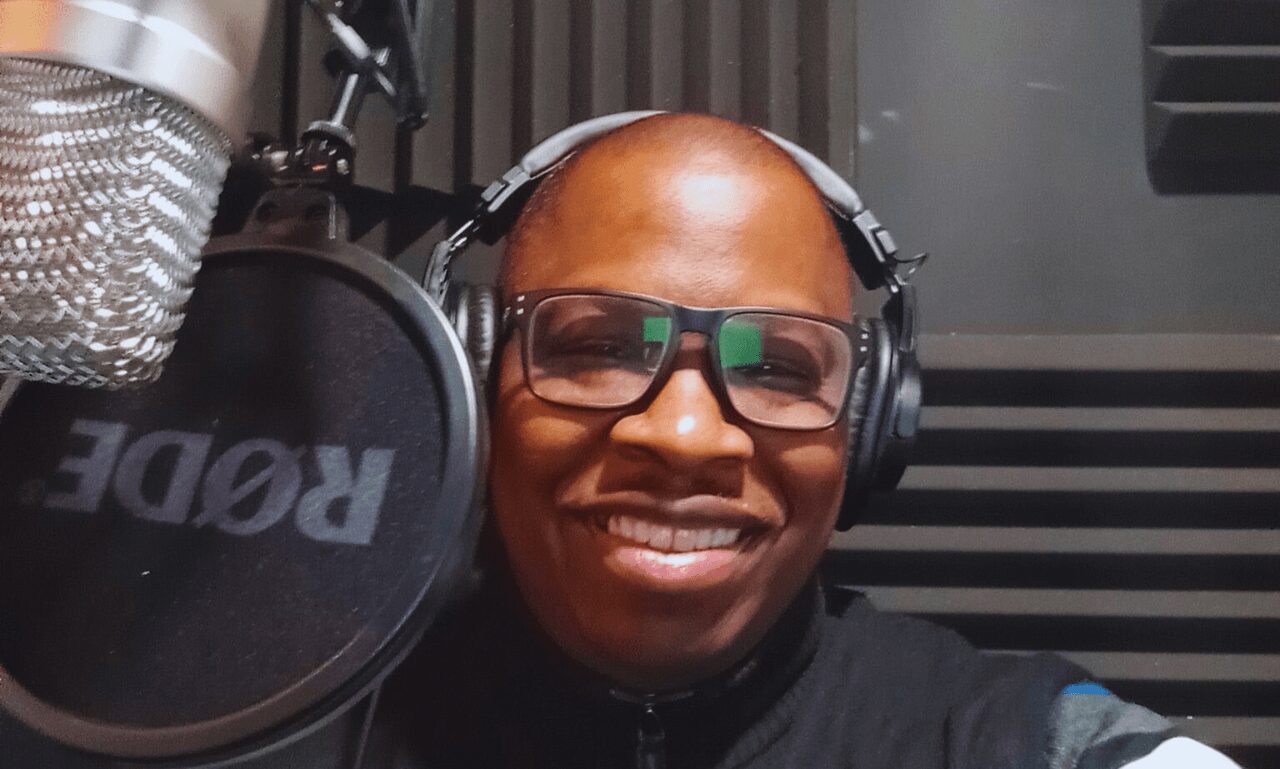
Great, so let’s take a few minutes and cover your story. What should folks know about you and what you do?
As founder of Dreamincolor Productions, I’m revolutionizing content creation by transforming micro-budgets into cinematic gold while building what will become Dreamincolor Studios—a powerhouse that crafts genre-bending, sci-fi, and social satire that doesn’t just entertain, it provokes and challenges. Back in 2017, my wife and I produced and released her first documentary on a shoestring budget at one of the country’s first movie theaters, and watching the entire city rally behind that project was both surprising and extraordinary—it proved that great stories don’t need studio backing, just heart, hustle, and authentic voices. Now, I’ve become emboldened and confident enough to write, produce and direct my first feature film currently in development.With two decades of various exposure and experiences shaping my storytelling philosophy, I’ve launched Dreamincolor Monthly Creative Meetings—bringing people of color production professionals together from around the planet, with participants from 13 countries so far—creating a global creative lifeline where underrepresented creators can showcase work, forge connections, and access opportunities once locked behind industry’s gates. My journey started as an intern at Rochester’s city film festival, evolved to hosting my own film festival on a local college campus, including directing an afterschool videography program for Black and Latino teens in the city. Based in Rochester, I literally live in the same zipcode as the Mansion of the founder of Kodak film, movie and photography industry George Eastman —I drive by the huge factory where the film stock for thousands of movies is manufactured daily, and this proximity to cinema history drives me as a filmmaker and gives me a unique perspective and platform to stand on. I’m not just building a company; I’m creating an ecosystem where diverse voices thrive, where revolutionary storytelling doesn’t need millions of dollars—just vision, grit, and authentic representation—proving that the future of film isn’t happening in Hollywood, it’s happening right here with creators who dare to dream.
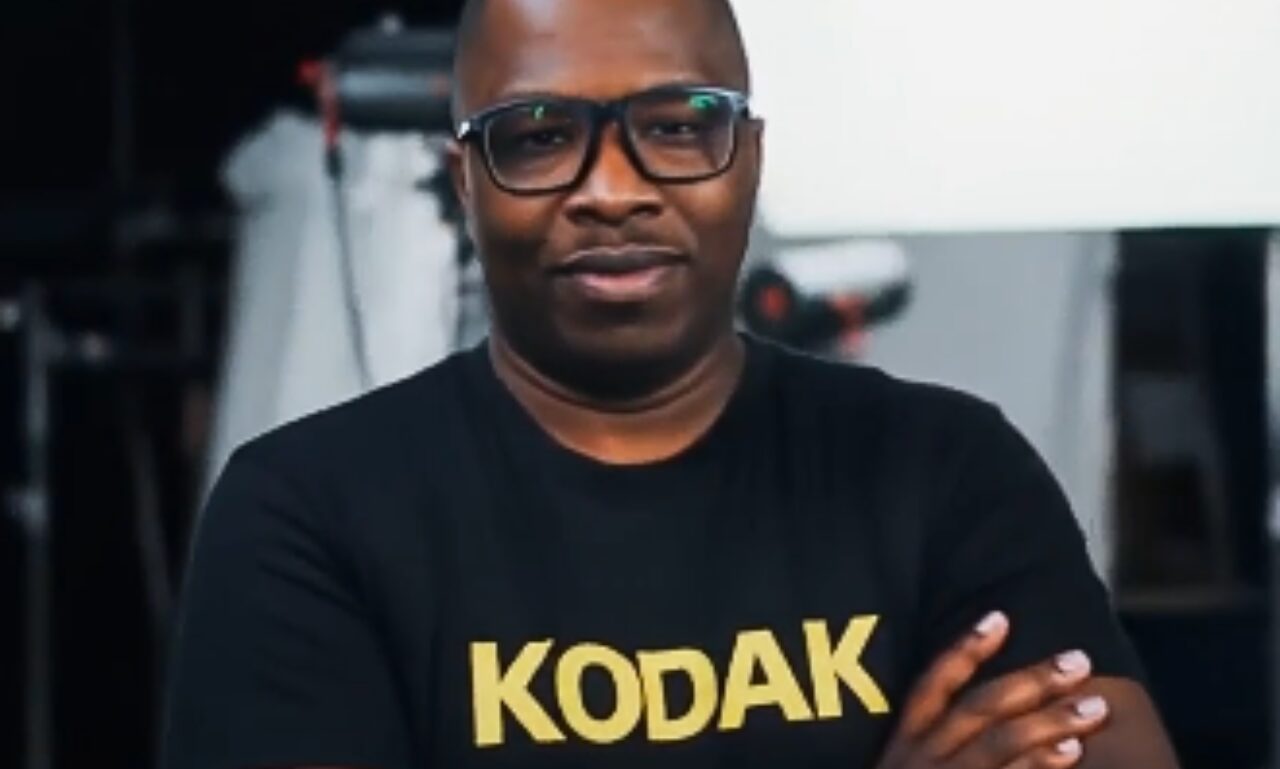
If you had to pick three qualities that are most important to develop, which three would you say matter most?
Persistence through rejection has been everything – I’ve heard “no” more times than I can count, but each rejection taught me to refine my pitch and strengthen my vision. My advice: treat every “no” as market research, not personal failure.
Community building over networking changed the game for me. Instead of just collecting contacts, I focused on genuinely supporting other creators first. The Dreamincolor Monthly Creative Meetings spanning 13 countries happened because I led with value, not asks. Start by helping others succeed – your success will follow.
Storytelling with purpose beyond entertainment set me apart. My two decades working with special needs individuals and high-risk teens taught me that the most powerful stories come from authentic experiences with marginalized voices. Find the intersection of your skills and what breaks your heart about the world – that’s where your unique voice lives.
For those starting out: pick one person to help this week, pitch your idea to someone who can say no, and never create content just to create content – always ask “why does this story need to exist?”
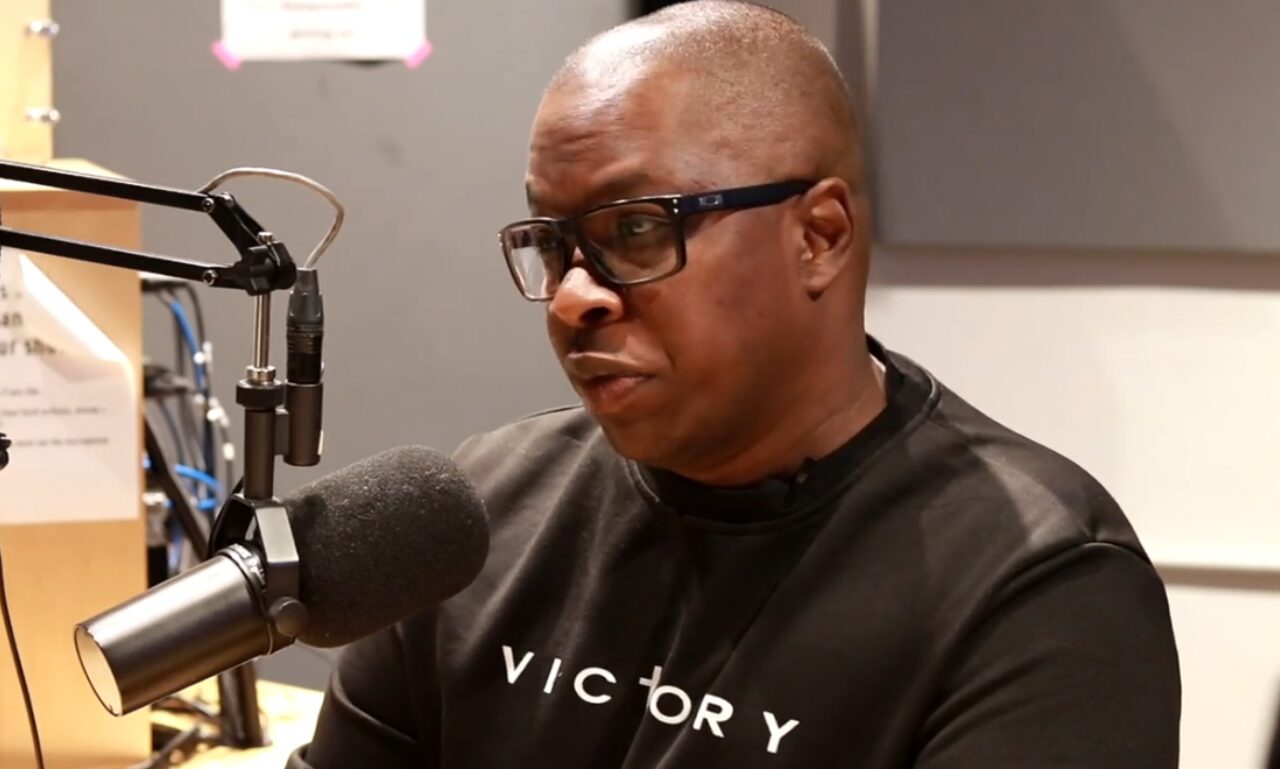
Thanks so much for sharing all these insights with us today. Before we go, is there a book that’s played in important role in your development?
Hollywood Black: The Stars, the Films, the Filmmakers by Donald Bogle was a game-changer for me. It didn’t just document Black cinema history – it revealed the blueprint for how creators of color have always had to build their own lanes when the industry shut them out.
The most impactful nugget was learning how pioneers like Oscar Micheaux created entire film ecosystems outside Hollywood’s gatekeeping system. He didn’t wait for permission – he made his own studios, distribution networks, and audiences. That’s exactly what I’m doing with Dreamincolor, just with global reach through our monthly meetings.
Bogle also showed me how every generation of Black filmmakers thought they were the first to break barriers, only to discover rich legacies that had been erased or forgotten. This taught me that my work isn’t just about making films – it’s about preserving and amplifying voices that mainstream history tries to silence.
The book reinforced that representation behind the camera matters as much as what’s on screen. When I was directing that afterschool videography program for Black and Latino teens, I wasnt just teaching technical skills – I was creating the next generation of storytellers who will control their own narratives.
My biggest takeaway: stop waiting for Hollywood to validate your vision. Build your own infrastructure, support your community, and remember that revolutionary art has always come from the margins.
Contact Info:
- Website: https://dreamincolorfilms.com
- Instagram: @dreamincolorx
- Facebook: https://www.facebook.com/bryan.little.roc
- Linkedin: https://www.linkedin.com/in/bryan-m-little/
- Other: Threads: @dreamincolorx
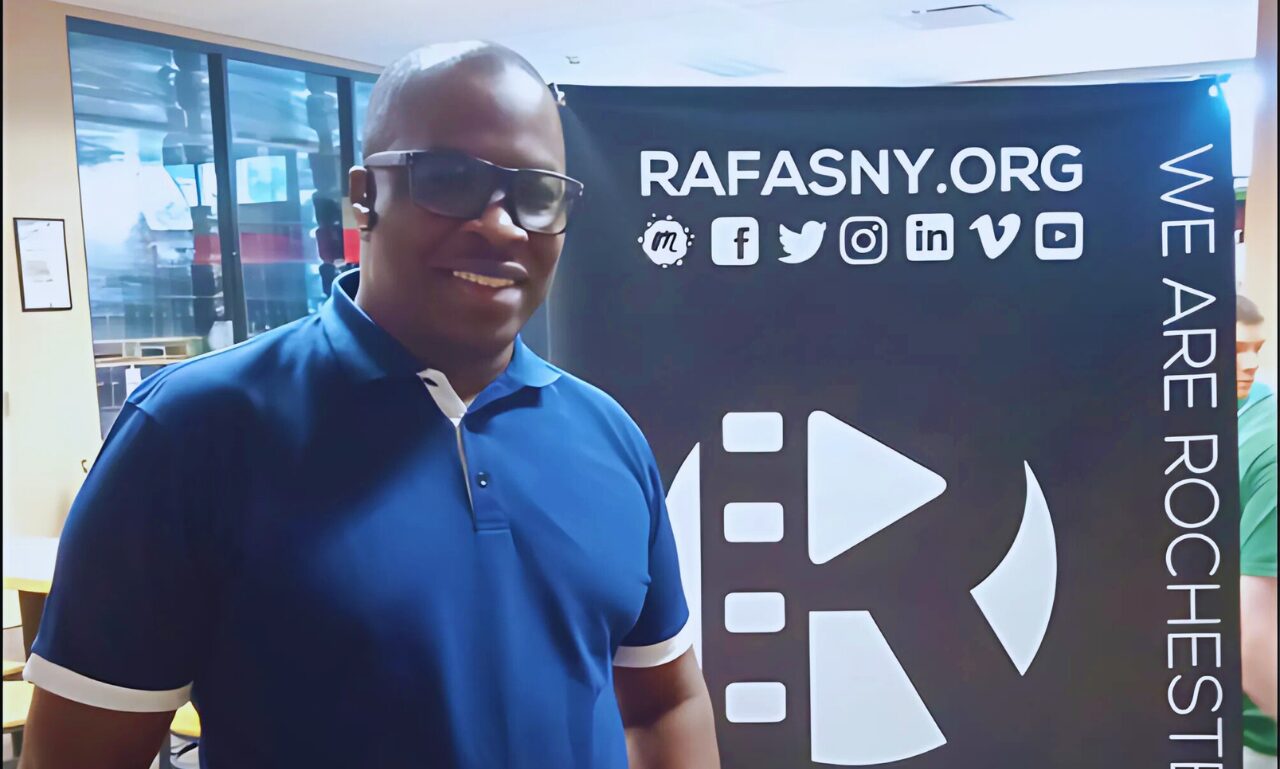
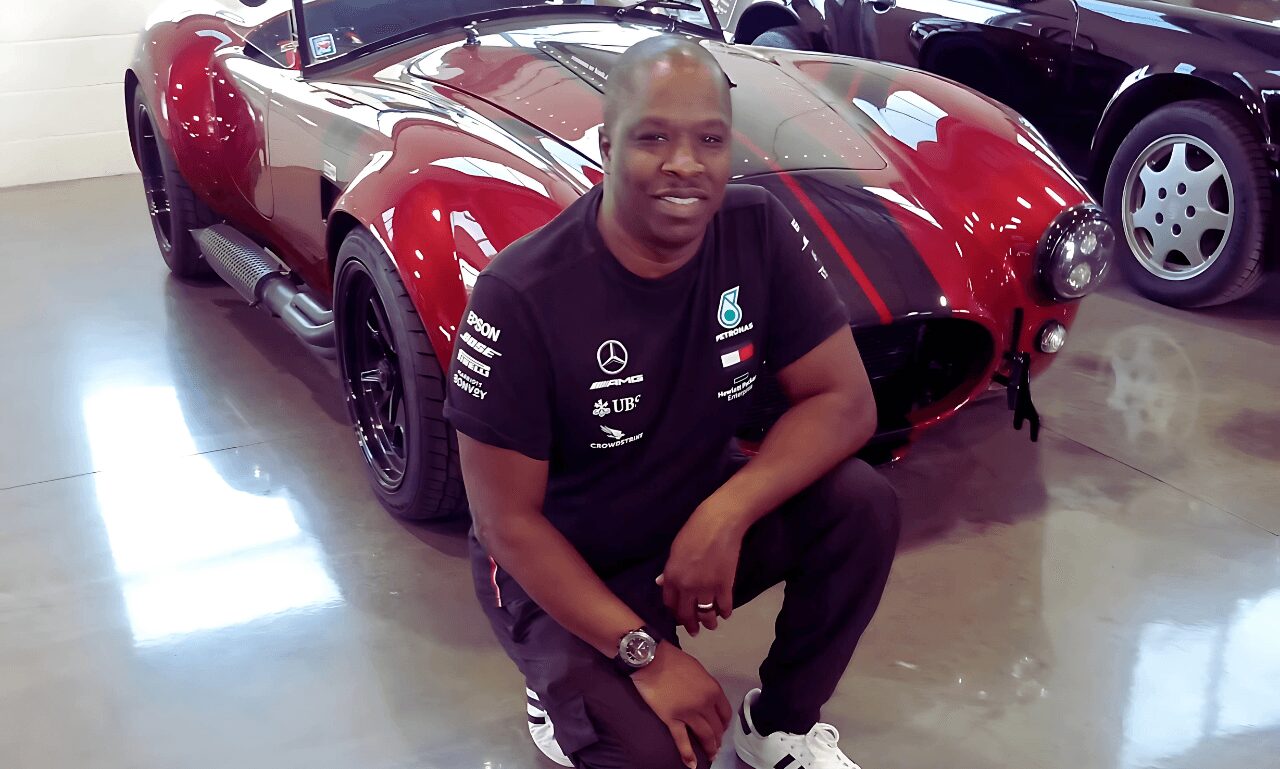
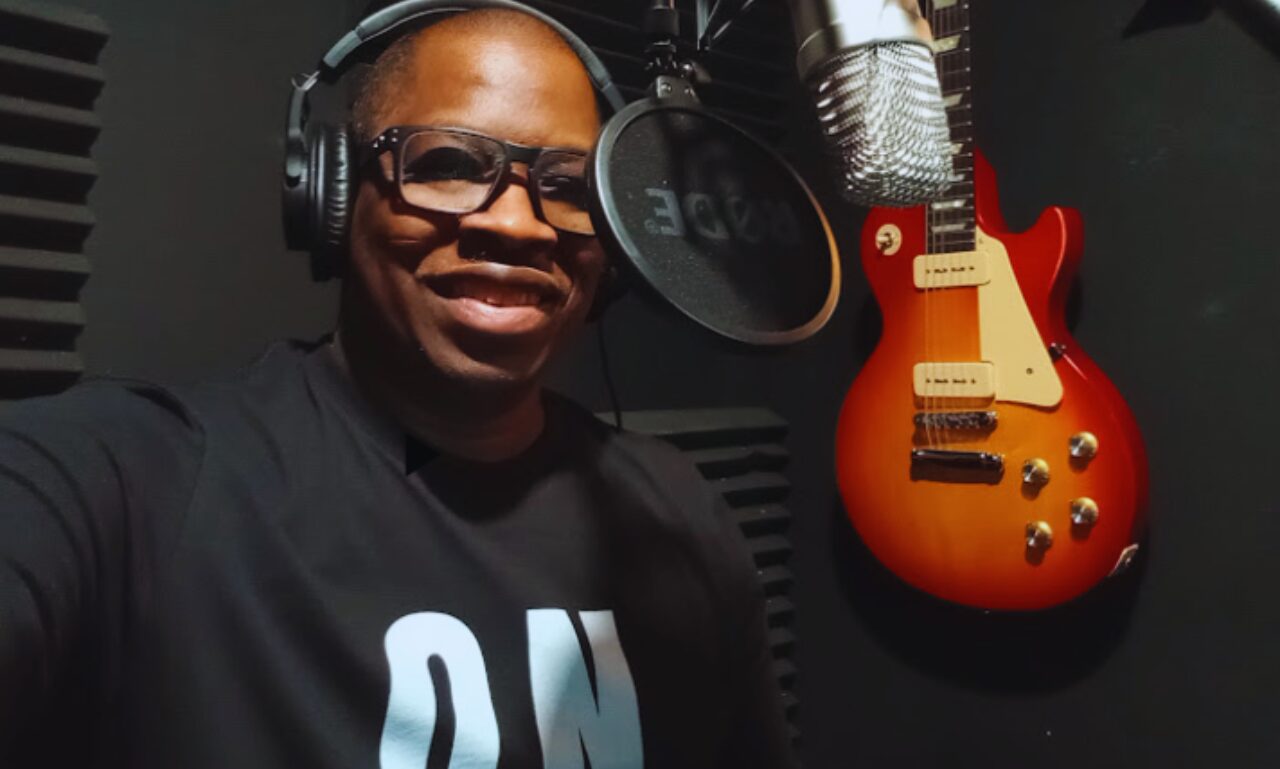
so if you or someone you know deserves recognition please let us know here.




